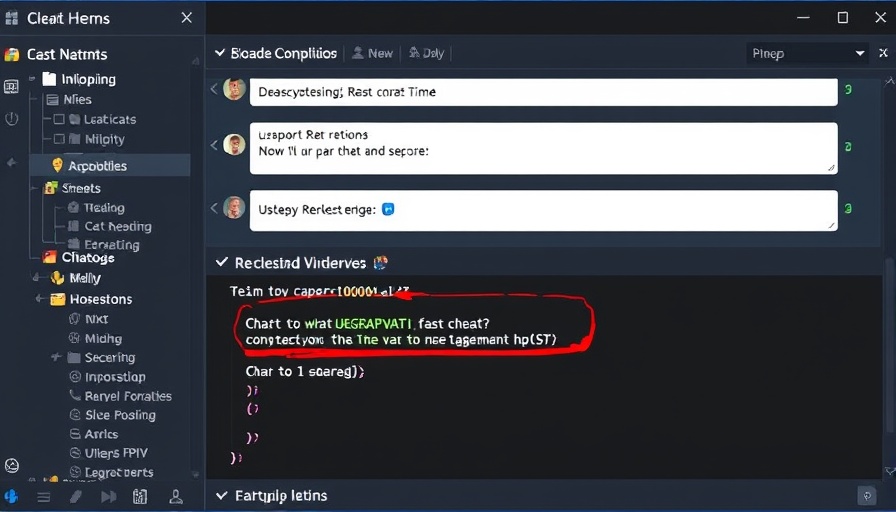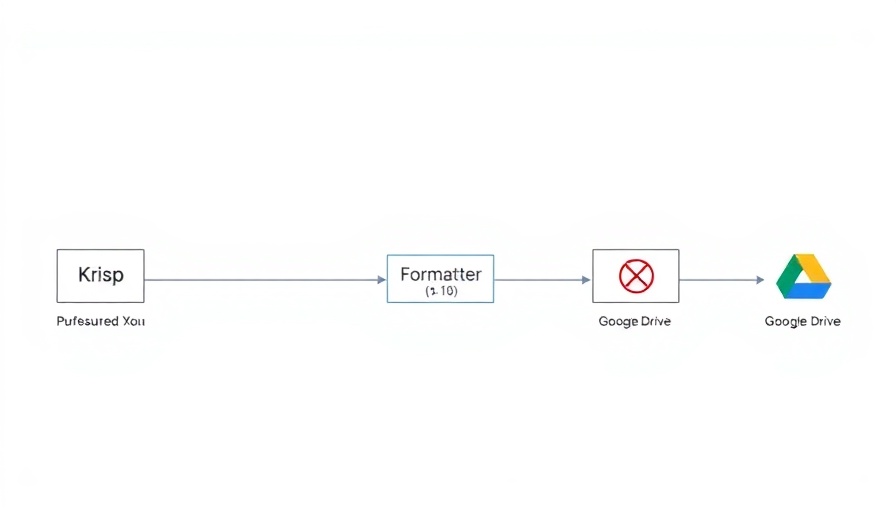
Unlocking the Power of Automation: ChatGPT and Your Workflow
As the landscape of digital marketing evolves, the tools at our disposal grow ever more powerful and multifaceted. Chief among these is ChatGPT, a versatile model that can not only generate creative content but also enhance communication, streamline workflows, and provide intelligent insights. While many of us are aware of ChatGPT's capabilities, integrating it into your daily operations can significantly amplify its usefulness. By pairing it with automation platforms like Zapier, marketing professionals can unleash a new level of efficiency.
Why Automation is Essential for Marketing Professionals
In an industry characterized by fast-paced changes and overwhelming data, automation is not just a trend; it’s a necessity. Marketing professionals face the daunting challenge of nurturing leads while maintaining a high level of content quality and delivery speed. This is where the AI capabilities of ChatGPT become invaluable. By automating repetitive tasks—such as generating email campaigns or social media posts—you free up precious time to focus on strategic planning and creative endeavors.
Getting Started with Zapier's ChatGPT Integration
Integrating ChatGPT with Zapier is both straightforward and flexible. Here’s a quick overview of how you can start:
- Identify Your Tasks: Decide which tasks you want to automate, whether it's content generation, lead nurturing, or data summarization.
- Select the Right Model: For most marketing tasks, the GPT-4o mini model provides an ideal balance of performance and affordability, while the more robust GPT-4.1 is well-suited for complex needs.
- Create a Zap: Utilize Zapier's user-friendly interface to connect ChatGPT with other applications in your tech stack, establishing triggers and actions.
Practical Applications: How to Leverage ChatGPT Automation
1. Content Creation: Automate your blog writing, social media posts, and email newsletters. With the right prompts, ChatGPT can generate high-quality text that resonates with your target audience.
2. Lead Qualification: Use ChatGPT to send personalized follow-up emails based on lead data, efficiently qualifying prospects without the manual workload.
3. Event Management: Set up reminders, manage registrations, or collect feedback post-events through automated interactions powered by ChatGPT.
Future Trends in Marketing Automation
The integration of AI in marketing automation tools like Zapier is not just a fleeting trend; it is set to redefine marketing strategies. As AI continues to evolve, we can expect capabilities like predictive analytics, enhanced personalization, and even deeper market insights. The marketers who adapt and embrace these technologies are likely to enjoy a significant competitive advantage.
Actionable Insights: Steps to Implementation
1. Start small by automating one task at a time. Monitor performance and tweak parameters as necessary.
2. Keep informed on updates from both ChatGPT and Zapier to leverage new features as they roll out.
3. Share insights and successes within your team to cultivate a culture of innovation and continuous improvement.
Final Thoughts: Embrace the Future of Marketing
The potential of combining ChatGPT with automation tools such as Zapier is limitless. In an ever-evolving digital marketing landscape, staying ahead of the curve requires not just integration but a complete rethinking of how we approach tasks. As we lean into these technologies, we open doors to higher productivity and enhanced creativity, allowing marketing professionals to do what they do best—innovate, connect, and inspire.
 Add Row
Add Row  Add
Add 




Write A Comment